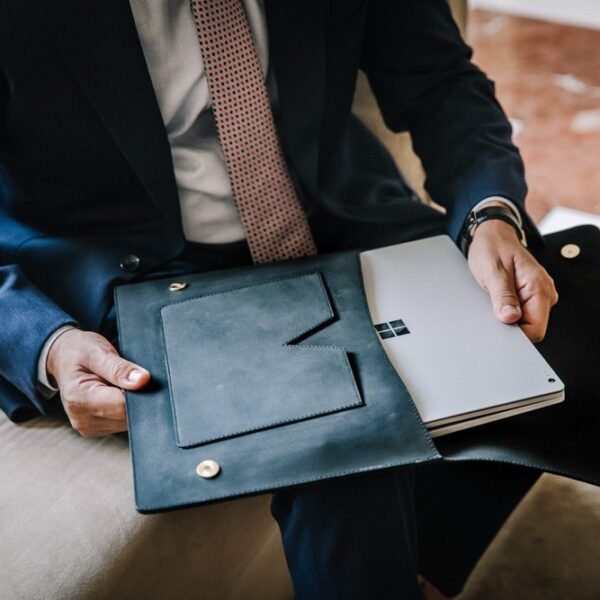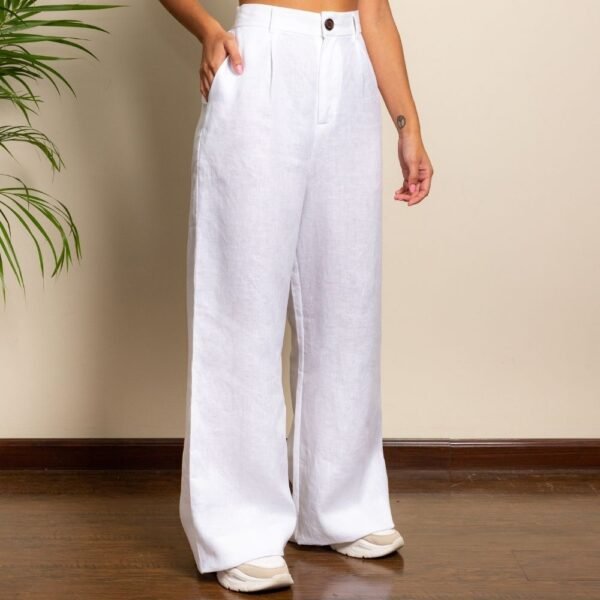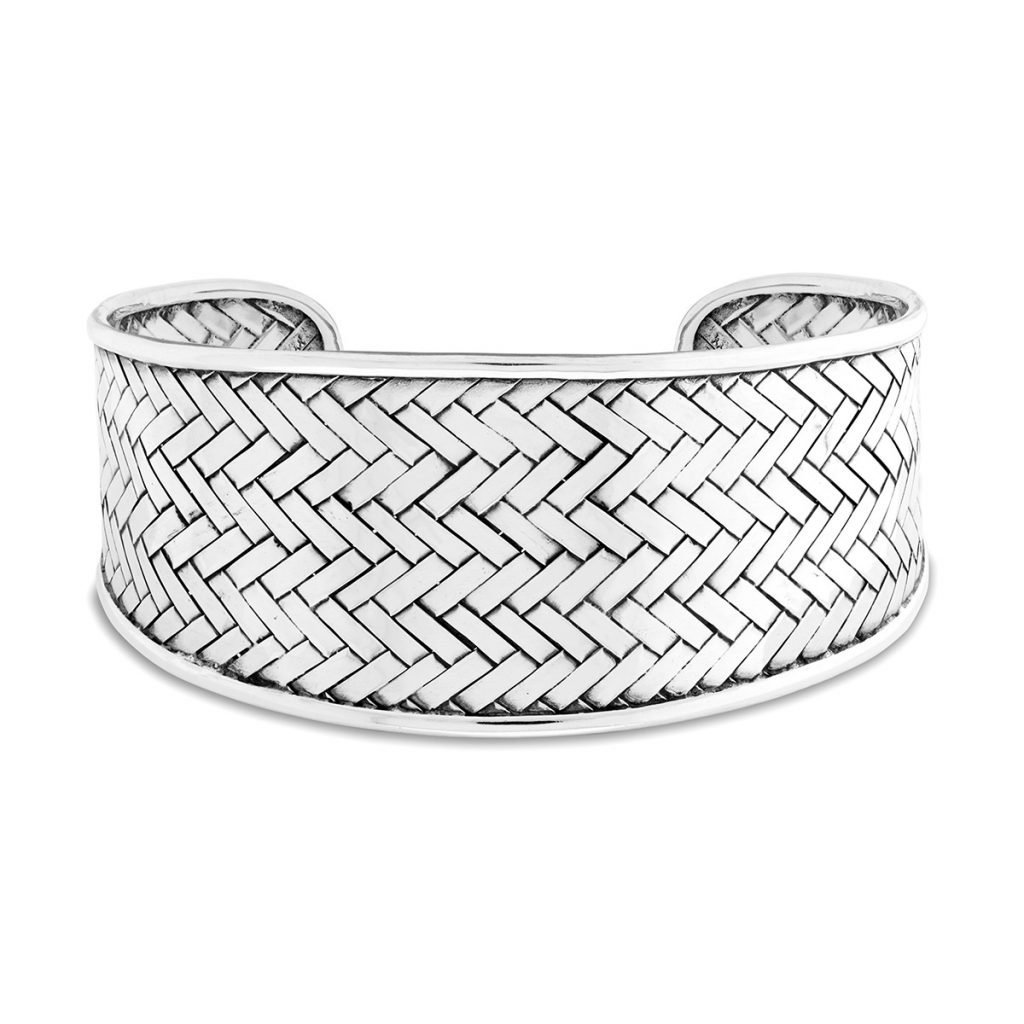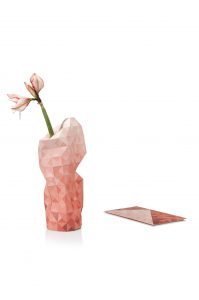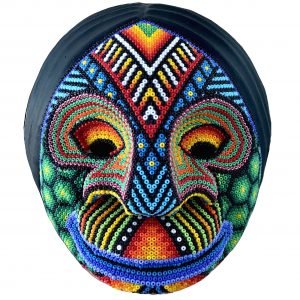Thinking of Mexico is like thinking about colors. The food, the landscapes, the clothes…everything is colorful and, in some way that I cannot explain, those rainbow scenarios make me happy. Today we share some debate as to what is happening in Mexico when it comes to ethical fashion as Mexican heritage fashion is hitting catwalks. Is visibility hurting or improving the lives of the artisans and craftspeople?
MEXICO´S RICH TEXTILE HERITAGE
I was in primary school, during a dance class, when I first discovered the different traditional costumes of Mexico. Each group danced a traditional dance from one state of Mexico. I danced Son Jarocho, from Veracruz. I loved wearing my long white dress, my black apron and my red flowers diadem. The dance represents the courtship of the man. He will dance around the woman in order to get her attention. She will show her interest through specific turns and with the movements of her dress.

Back then, I learned that the way we dress can tell so many things about the history and the particular traditions of a culture. Originally, clothing sought to be comfortable and appropriate to the weather conditions of a specific area. Most of the times, they used the resources found in nearby communities. Each piece was hand sewn and unique. The textiles have changed as trade has expanded. Commercially produced items are now replacing textiles that craftspeople weave for their own use or local trade. To survive in a changing world, some weavers have started to produce for tourists and export markets. Is this good or bad? Right or wrong? It all depends on your perspective.
PRESERVING THE SKILLS AND THE JOBS
Some may say that the embroidery and design narrating the historical memory of a particular community are vanishing. With more visibility and more demand, those artisans jobs and skills might be preserved. Some others think that the different marketing techniques are the cause of stereotyping the indigenous culture and traditions, meaning that there is a cultural appropriation and distortion of the cultural heritage.
For example, there are exhibitions showcasing large collections of textiles without taking into account the traditional use of the pieces. We know fashion is creativity, but where is the line if we are to still call it “traditional”? We might be “embellishing” garments with decoration that are not traditional. Hence we might be diluting, transforming or just creating something totally different altogether. Maybe it would be better if we just call it “tradition – inspired”.
SHARING THE ROOTS
Every year, people from all over the world come to Mexico and marvel at the richness of the country. Of course, the indigenous communities have a leading role in this cultural scenario. The colors of its fabrics are astounding and the quality of the handmade garments is amazing. Another fundamental factor, are the creative designers who are giving national and international visibility to the historical memory of the craftspeople.
The brand of the designers Lydia Lavín and Montserrat Messeguer, as said in their web site, collects the cultural and textile wealth of Mexico. Their direct work with indigenous artisans has a second aim. They want the designs to reach the Hispanic community outside Mexico, in order to make people feel proud of its roots by dressing up their values and their heritage.
COOL MEXICAN DESIGNERS WORKING ON HERITAGE
Fortunately, more and more Mexican designers are joining the production of sustainable and ethical fashion. We have selected a few that we really like.
Maka, this brand collaborates with four communities: Calkiní, Campeche; Chinantla, Oaxaca; Nachig and Sibacá, Chiapas. With absolute freedom to embroider what inspires them, the artisans create pieces with authentic Mexican designs.
Bamboo Life, their glasses are made with bamboo and wood from a sustainable forest. The brand donates a percentage of its profits to different causes. Among them, to the wixarika community, since their artisans decorate some of the glasses.
ONI Original. Sara Sacal, the founder of this brand, seeks to generate a positive impact on the environment by promoting responsible consumption. ONI´s products are made with recycled and nature- friendly materials. With PET bottles they make shoes with the designs of the indigenous craftsmen from Zinacantán, and San Andrés Larráinzar, Chiapas.
Agua de Chile is an ethical fashion brand that produces 100% handmade products for babies and kids. Its designs and embroidery from the artisan women of Atla Pahuatlán in Puebla are unique and so beautiful!
By the way, if you are interested in ethical fashion, check this other article about Who Made My Clothes? We show a trailer of a video with Mexico and it´s garment workers center stage.
OPEN TO DEBATE
Now the question is, should we fear the inclusion of Mexican textiles in the international fashion scene? I would say that it depends on whether the trade is fair and ethical. If the designers work together with the artisans and the earnings are shared. If the designs maintain the historical and cultural essence of the indigenous communities. The creativity and the work hours of the craftspeople must be valued since they are producing unique pieces of high quality.
What are your thoughts? Please let us know in the comments.







